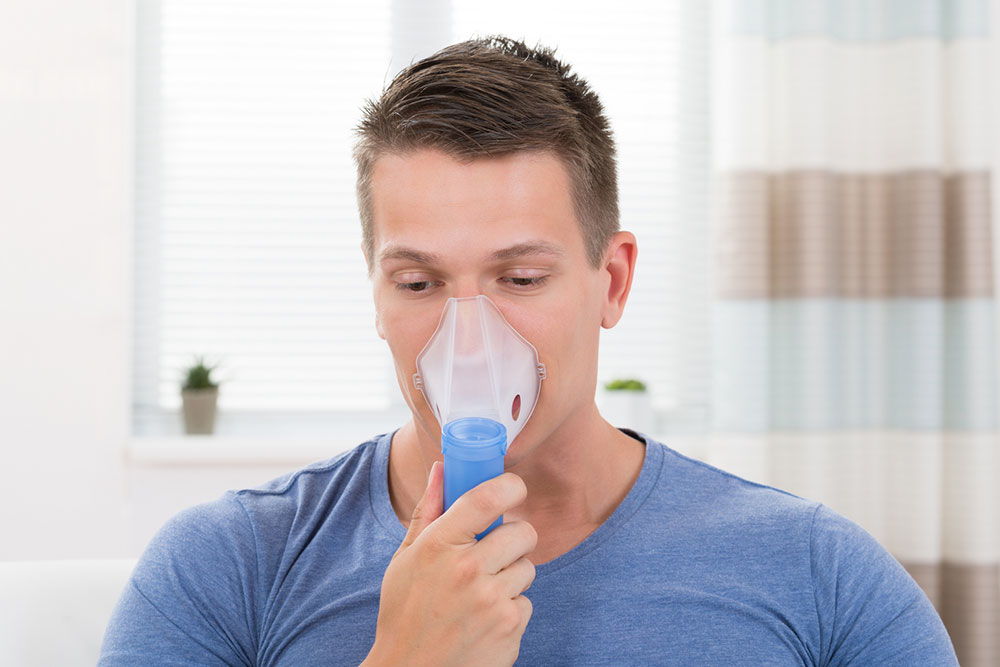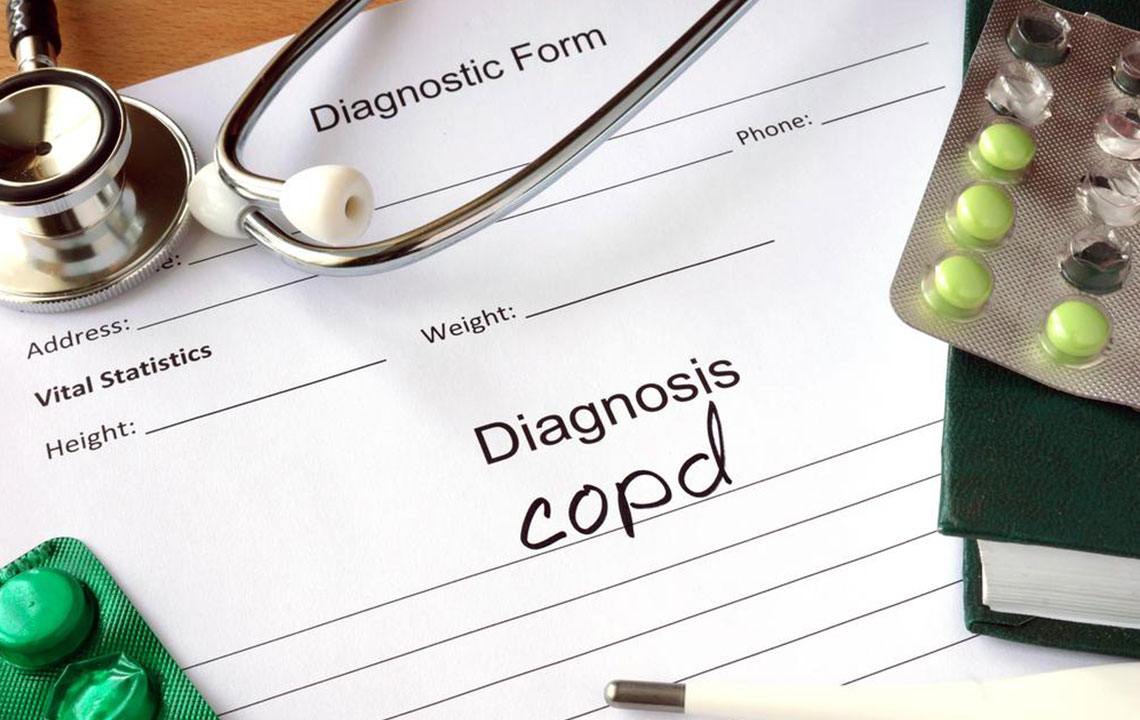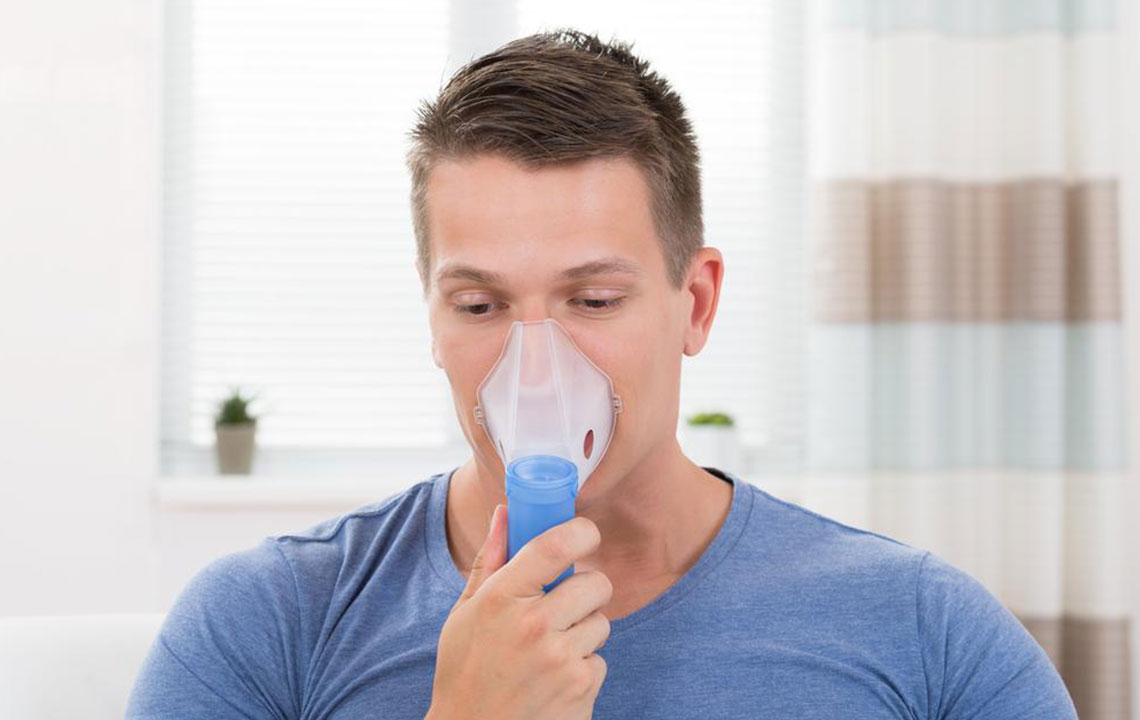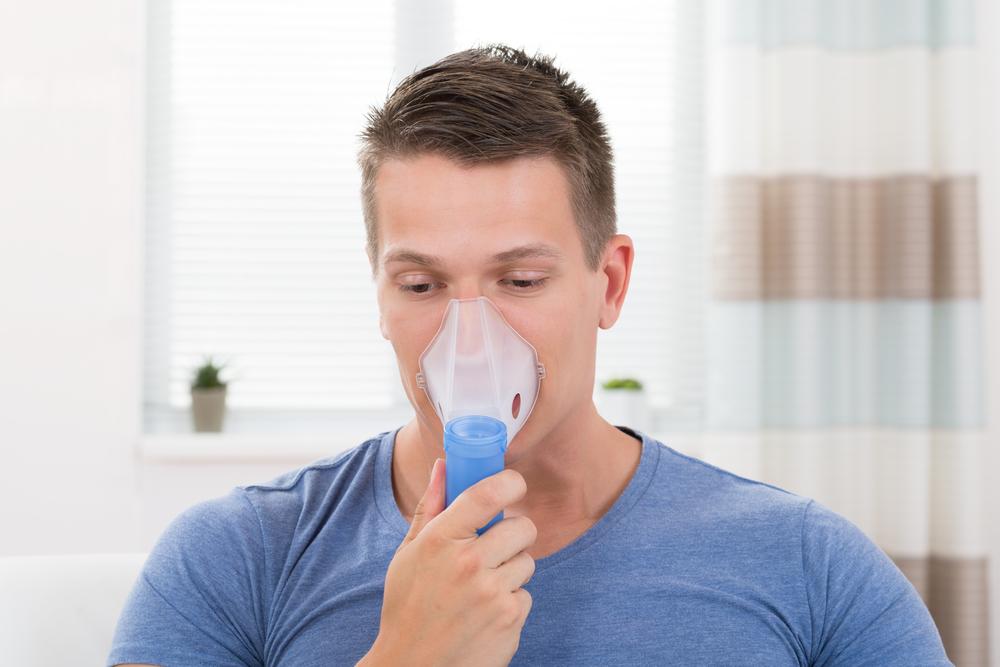Understanding COPD: Causes, Symptoms, and Management Strategies
This article provides an overview of COPD, highlighting its causes, symptoms, and treatment options. It emphasizes the importance of early diagnosis and management strategies to improve quality of life for patients. Understanding risk factors like smoking and pollution can help in prevention efforts. The piece discusses two main types—chronic bronchitis and emphysema—and outlines current treatment approaches including medications and lifestyle adjustments. Raising awareness of COPD is essential for better health outcomes and encouraged preventive measures.

Understanding COPD: Causes, Symptoms, and Management Strategies
Chronic Obstructive Pulmonary Disease (COPD) is a long-term lung condition that hampers normal breathing by obstructing airflow. This disease involves progressive symptoms related to airway narrowing and lung tissue damage, often linked with other health issues like heart disease, diabetes, and osteoporosis. COPD has two main types: chronic bronchitis, characterized by persistent cough and mucus, and emphysema, marked by damage to alveolar walls. Both can occur simultaneously, worsening over time. While incurable, COPD is manageable through various treatments and prevention methods.
Primary Causes of COPD
Smoking: Tobacco smoke introduces toxins that inflame airway linings, reducing airway diameter and causing mucus overproduction, which blocks airflow. It also increases elastase levels, damaging alveolar walls and leading to emphysema.
Environmental Pollution: Exposure to industrial pollutants and airborne toxins raises the risk of developing COPD, especially in occupational settings like mining or construction.
Significant Symptoms
Persistent cough and wheezing lasting months
Shortness of breath, especially during exertion
Excessive mucus production that hampers breathing
Swelling in extremities and possible skin discoloration
Management and Treatment Options
Use of antibiotics to treat infections plaguing airways
Inhaled bronchodilators to relax airway muscles and facilitate airflow
Corticosteroids to reduce airway inflammation when other treatments are insufficient
Note:
This article offers comprehensive insights into COPD, including causes, symptoms, and intervention strategies. Always consult healthcare professionals for diagnosis and tailored treatment plans. The information aims to enhance awareness but should not replace medical advice.










